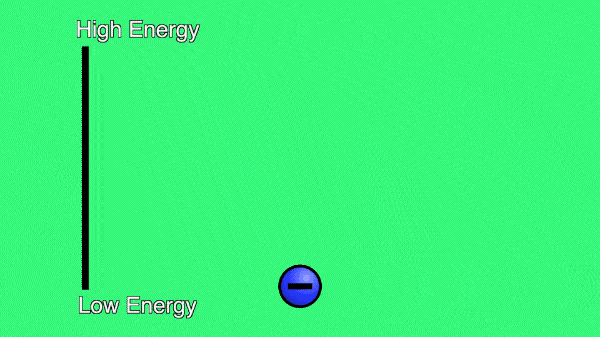
One of the most popular classes at AstroCamp is Lights and Lasers, where students learn about the different energies and properties of light. The Lights and Lasers room is easily recognizable because of its Glow-in-the-Dark Walls. Once you turn the lights off, these awesome walls glow a vibrant green, slowly dimming until you shine light on them again.

These walls have a physical property known as phosphorescence. It is a type of photoluminescence: an emission of light occurring when an object absorbs and releases photons. Other common types include bioluminescence — a chemical reaction in living organisms that give off light — and electroluminescence — the process by which LEDs give off light.

Phosphorescence works by absorbing photons into the object’s electrons. This bumps those electrons into a higher energy level. But the electrons cannot then easily reemit the photons to return to their ground state: the electron becomes “trapped” and it requires a “forbidden transition” to return to its lower energy.

However, due to quantum mechanics, this forbidden transition can still happen, but it does so at a fairly slow rate. This allows the material to “store” the light and let it out slowly, sometimes taking hours to let out all of its light! This same material that we use for our glow wall is what is used for things like glow in the dark stickers! So even though they seem simple, next time you see them you’ll know that there’s a lot more going on than what first appears!
Written By: Scott Yarbrough


